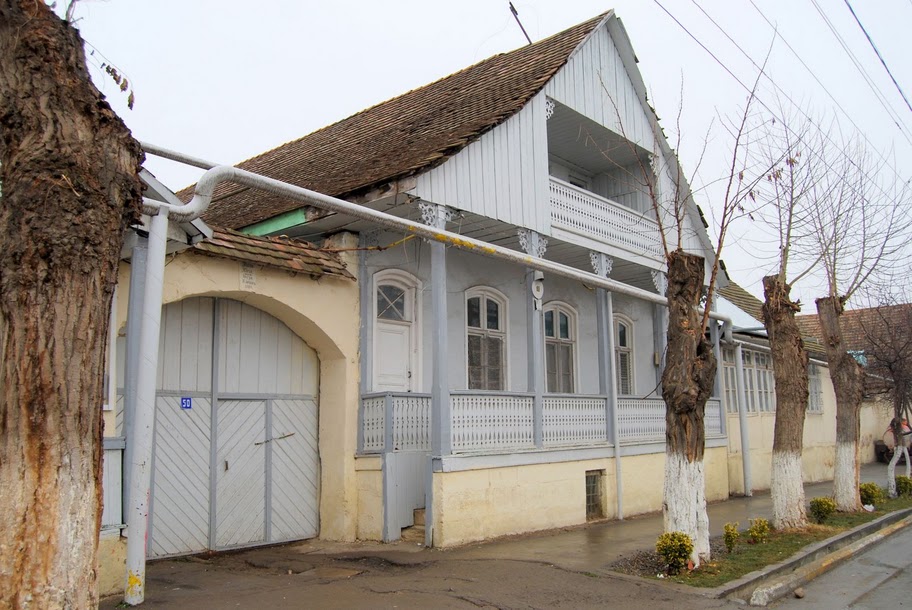German house in Goygol region to become museum

By Nigar Orujova
The house of a German who lived in the Goygol region, northwestern Azerbaijan, will become a museum.
The house owner, Victor Klein, was the last German who lived in the area. Klein died five years ago at the age of 72, and the house has been vacant since that time.
Germans settled in the region since the beginning of the 19th century. The town of Goygol, located some 370 km west of the capital Baku and also known as Khanlar, was founded in 1819 as a colony of German colonists from Schwabia called Helenendorf.
The German origin of the town transcends through the straight streets, wooden houses with carved facades and a Lutheran church built in 1854.
According to various data, the colony was founded by 127 to 135 Schwaben families. In 1843, the population of Helenendorf was 609 people, while in 1926 it reached 2,157.
At the end of the 19th century, the colonists cultivated grapes and produced alcoholic beverages such as wine, cognac and champagne. Goods produced in Helenendorf were sold by local firms not only in Russia, but also in Europe.
In 1903, the colonists even organized their own trade cooperative, which provided the residents with almost everything they need, including workshop equipment and agricultural utensils.
There are more than 300 houses built by Germans, one of which belonged to Klein.
The house was built in 1886 by Victor Klein's father, and no capital repair or restoration work has been carried out ever since.
There are various household utensils of German heritage in the house, which are very valuable as exhibits; therefore, the house is planned to be used as a museum.
According to the head of the Culture and Tourism Department of the Goygol region, Shargiya Humbatova, the Culture and Tourism Ministry employees have conducted an inventory of antique items in the house and sealed it.
"The house has always been of interest to tourists. Tourists coming to the region always want to visit it. It is necessary to restore the house and to decorate it in the future. Its serving as a museum could help to increase the flow of tourists to the region," Humbatova said.
Along with the items that belonged to the Germans, Klein's house has items used in the everyday life by Azerbaijanis. They were selected and will be on display at the museum as exhibits in the future.
Repair of Klein's house is expected in the first phase with the aid of German specialists, and then the items will be placed around the house.
The culture of the German people who once lived in Azerbaijan can be felt when visiting Klein's house.
During the forced eviction of the German settlers from the Caucasus in 1941, the number of the evicted Germans who lived in Helenendorf was 2,675. They were deported to Central Asia, Kazakhstan and Siberia.
Klein was the last surviving German in Azerbaijan. In 1941, 5-year-old Victor was not forced to leave the country along with the other members in the community as his father had been killed and the child was declared to be Russian.
Klein left everything in the house intact and preserved. The handmade furniture, one of the distinct features of Helenendorf, is the same as it was in the 1850s. There is still a Christmas tree that he kept for about 40 years.
Now, the remains of Helenendorf are part of the Azerbaijani cultural heritage and should be preserved.
Here we are to serve you with news right now. It does not cost much, but worth your attention.
Choose to support open, independent, quality journalism and subscribe on a monthly basis.
By subscribing to our online newspaper, you can have full digital access to all news, analysis, and much more.
You can also follow AzerNEWS on Twitter @AzerNewsAz or Facebook @AzerNewsNewspaper
Thank you!
